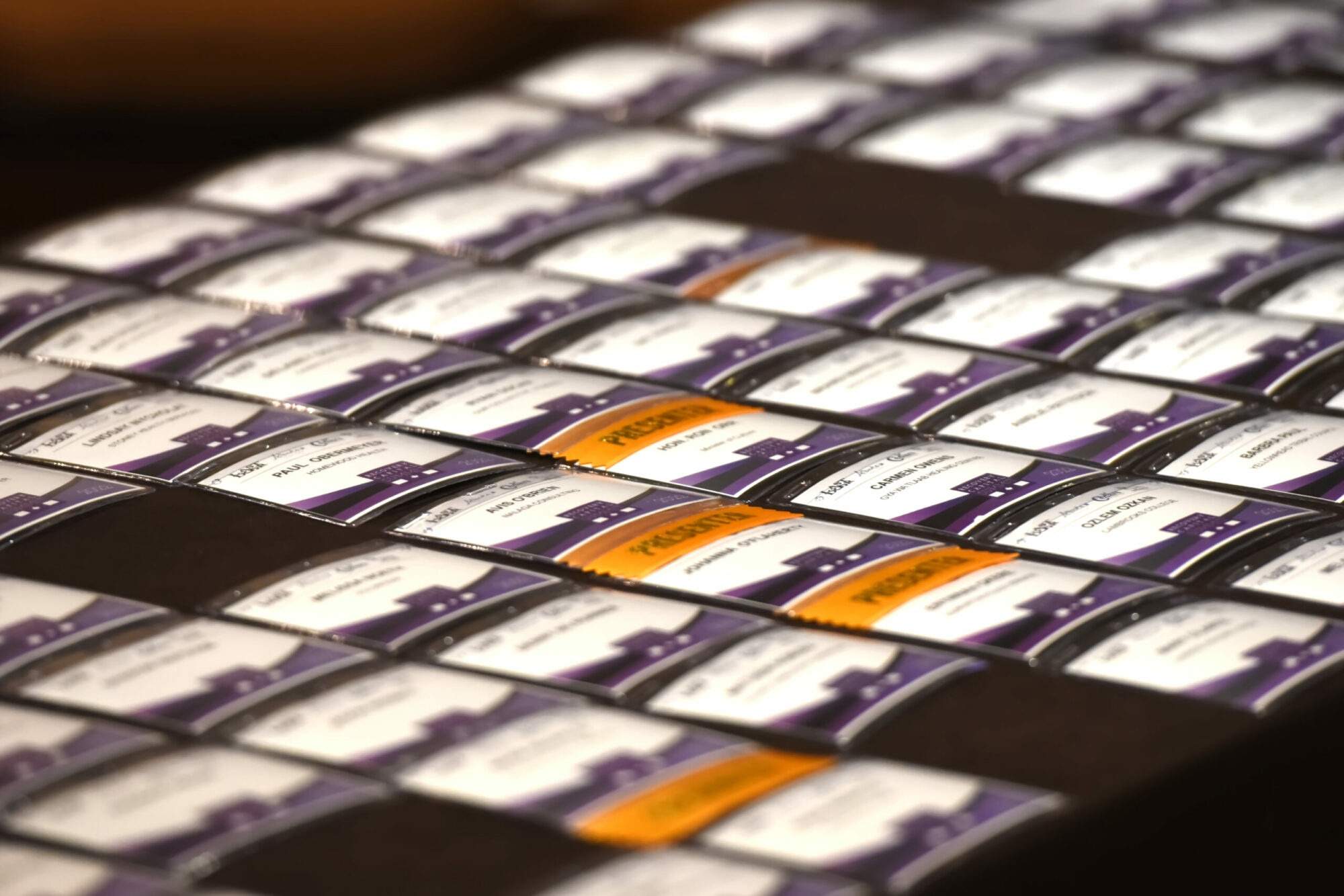Dr. Emily Alden Hennessy
April 13th 2022 11:30 am Walker Bannerman Room


Session Description
The Recovery Capital for Adolescents Model (RCAM) is a framework for identifying assets to enhance and barriers to address in supporting youth’s treatment and recovery from alcohol and drug misuse. The RCAM identifies internal resources (coping, motivation, and resilience), financial resources (transportation, access to treatment), social resources (peers, family), and community resources (recovery oriented programming) that youth can use in their recovery journey. I will illustrate the RCAM and detail specific strategies community support models, such as the Alternative Peer Group (APG), a sober community support for youth, have used to (1) enhance recovery assets for youth with substance use disorders, (2) reduce barriers to youth’s recovery process and help them learn through those experiences, and (3) empower families of youth to support the recovery of their young person.
Learning Objectives
- Identify sources of youth recovery capital and barriers to youth recovery
- Describe ways that involving youth in recovery supports, such as alternative peer groups, can build recovery capital
- Identify ways that parents can be involved to help build youth recovery capital and to build their own capital for parenting an adolescent in recovery
References
1. Nash, A., Hennessy, E. A., & Collier, C. (2019). Recovery capital among adolescents in alternative peer groups: A qualitative exploration. Drug and Alcohol Dependence, In press. doi: 10.1016/j.drugalcdep.2019.02.025
2. Hennessy, E. A., & Finch, A. J. (2019). An exploratory data mining approach to understand adolescent access to recovery high schools. Psychology of Addictive Behaviors, 33(8).
3. Nash, A., Hennessy, E. A., Collier, C., & Kelly, J. K. (2020). Young people’s perceptions of the 12-Steps’ role in supporting their recovery (or not). Journal of Child and Adolescent Substance Abuse, In press. DOI: 10.1080/1067828X.2020.1766619
4. Hennessy, E. A., Glaude, M. W., & Finch, A. J. (2017). “Pickle or a cucumber?” Practitioner views of successful adolescent recovery. Addiction Research and Theory, 25, 208-215. doi: 10.1080/16066359.2016.1242723
5. Nash, A., & Collier, C. (2016). The alternative peer group: A developmentally appropriate recovery support model for adolescents. Journal of addictions nursing, 27(2), 109-119.
6. Smith, N. Z., Vasquez, P. J., Emelogu, N. A., Hayes, A. E., Engebretson, J., & Nash, A. J. (2020). The Good, the Bad, and Recovery: Adolescents describe the advantages and disadvantages of Alternative Peer Groups. Substance abuse: research and treatment, 14, 1178221820909354.
Bio
Emily A. Hennessy, Ph.D. is a Member of the Faculty at Harvard Medical School and Associate Director of Biostatistics at the Recovery Research Institute (RRI). Dr. Hennessy’s research examines factors associated with health behavior change among adolescents. Her primary area of research, adolescent substance use disorder treatment and recovery, is currently funded by a career development award (K01) from the National Institute on Alcohol Abuse and Alcoholism. This study examines social network and recovery capital mechanisms of the recovery process in adolescents using social identity mapping. Dr. Hennessy completed her Ph.D. in Community Research and Action at Vanderbilt University where she worked as a graduate research assistant on the first national empirical study of the effectiveness of Recovery High Schools (RHS), schools for youth with substance use disorders and comorbid diagnoses. This work led to her creation of the Recovery Capital Model for Adolescents (RCAM) an extension of the previous recovery capital model generated for adults. She completed her postdoctoral fellowship at the University of Connecticut in the Systematic Health Action Research Program Lab.

